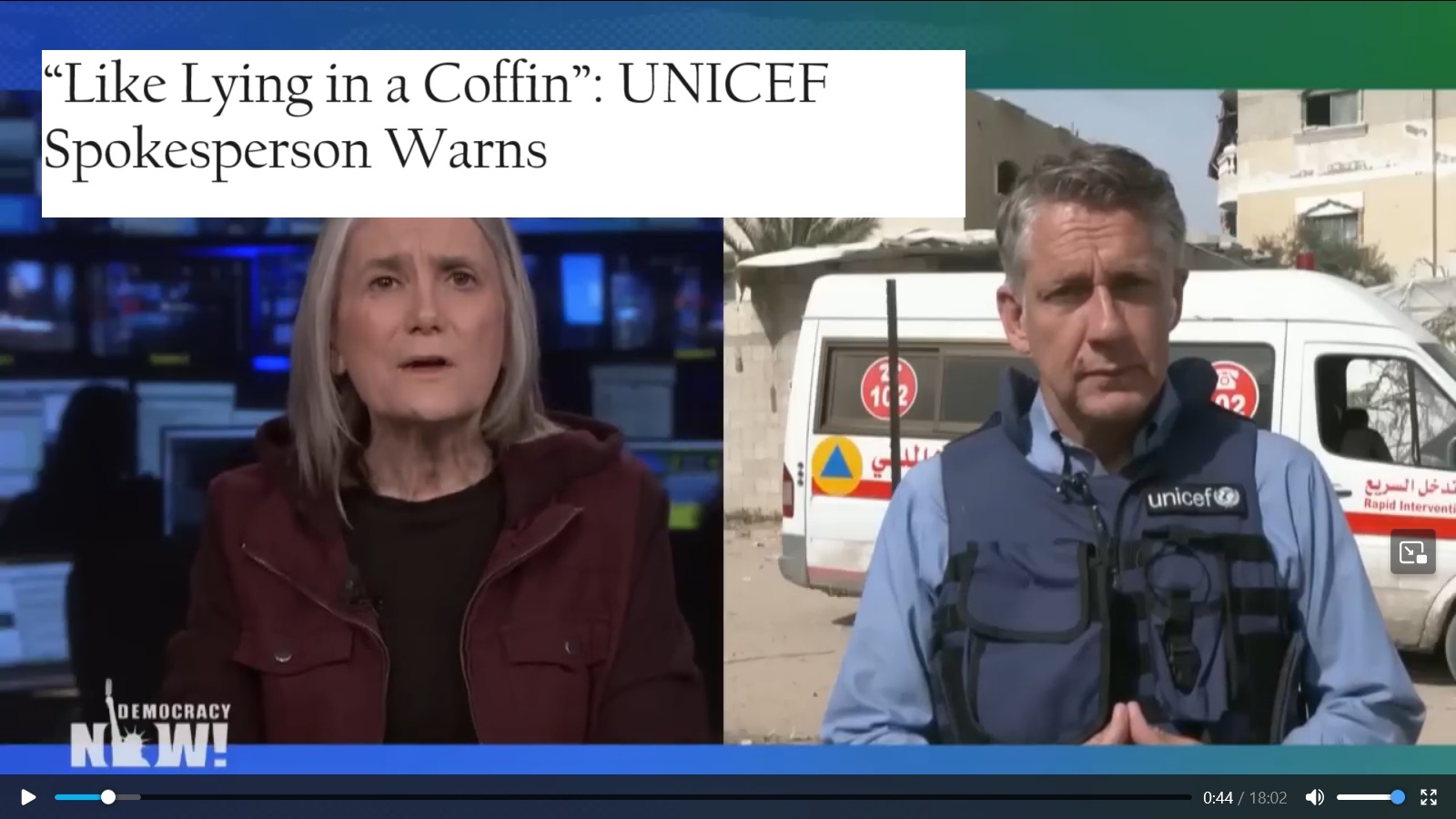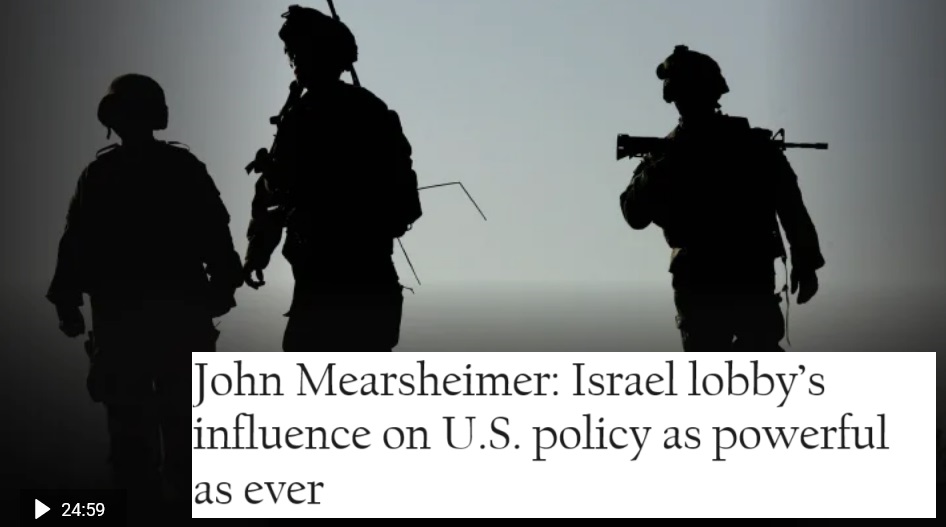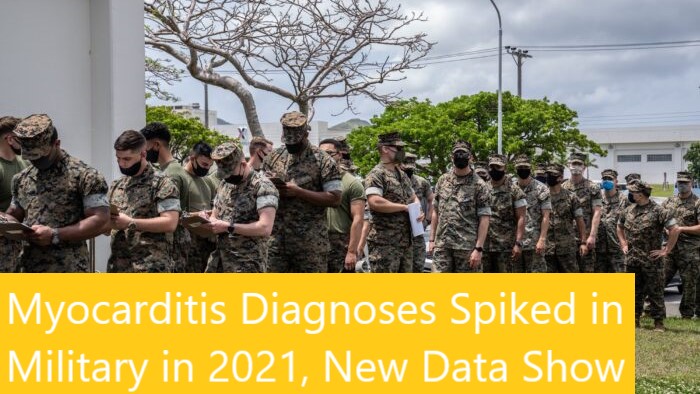Japan Nuclear Disaster Caps Decades of Faked Reports, Accidents
 Thursday, March 17, 2011 at 01:27PM
Thursday, March 17, 2011 at 01:27PM The unfolding disaster at the Fukushima nuclear plant follows decades of falsified safety reports, fatal accidents and underestimated earthquake risk in Japan’s atomic power industry.
The destruction caused by last week’s 9.0 earthquake and tsunami comes less than four years after a 6.8 quake shut the world’s biggest atomic plant, also run by Tokyo Electric Power Co. In 2002 and 2007, revelations the utility had faked repair records forced the resignation of the company’s chairman and president, and a three-week shutdown of all 17 of its reactors.
With almost no oil or gas reserves of its own, nuclear power has been a national priority for Japan since the end of World War II, a conflict the country fought partly to secure oil supplies. Japan has 54 operating nuclear reactors -- more than any other country except the U.S. and France -- to power its industries, pitting economic demands against safety concerns in the world’s most earthquake-prone country.
Nuclear engineers and academics who have worked in Japan’s atomic power industry spoke in interviews of a history of accidents, faked reports and inaction by a succession of Liberal Democratic Party governments that ran Japan for nearly all of the postwar period.
Katsuhiko Ishibashi, a seismology professor at Kobe University, has said Japan’s history of nuclear accidents stems from an overconfidence in plant engineering. In 2006, he resigned from a government panel on reactor safety, saying the review process was rigged and “unscientific.”

























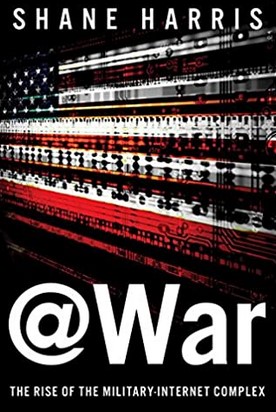
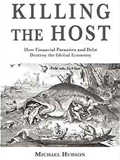





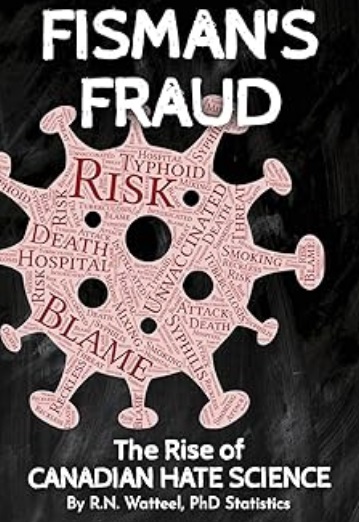









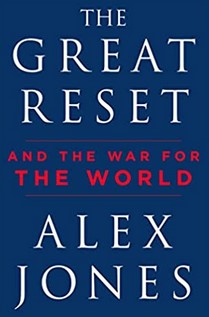


























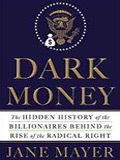
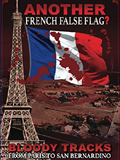
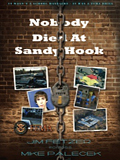
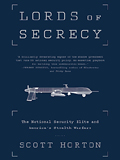







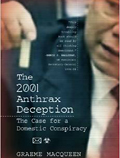
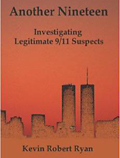



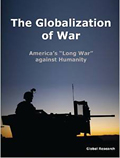
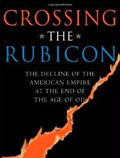
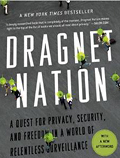
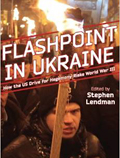



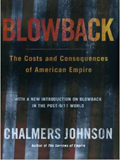


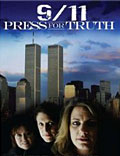

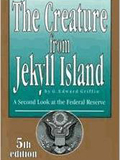





 As the United States finally joined certain European countries (France, Germany) in evacuating nationals and family members from Toyko, a buried cover of fuel rods threatens to add more roentgens to the crisis.
As the United States finally joined certain European countries (France, Germany) in evacuating nationals and family members from Toyko, a buried cover of fuel rods threatens to add more roentgens to the crisis. 
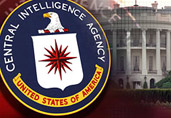 A Pakistani court has freed a US CIA contractor after acquitting him of two counts of murder at a hearing held at a prison in Lahore, officials say.
A Pakistani court has freed a US CIA contractor after acquitting him of two counts of murder at a hearing held at a prison in Lahore, officials say.
 The finding signals a growing challenge for President Obama as he decides how quickly to pull U.S. forces from the country beginning this summer. After nearly a decade of conflict, political opposition to the battle breaks sharply along partisan lines, with only 19 percent of Democratic respondents and half of Republicans surveyed saying the war continues to be worth fighting.
The finding signals a growing challenge for President Obama as he decides how quickly to pull U.S. forces from the country beginning this summer. After nearly a decade of conflict, political opposition to the battle breaks sharply along partisan lines, with only 19 percent of Democratic respondents and half of Republicans surveyed saying the war continues to be worth fighting.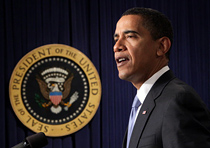 JAKARTA: A planned telephone call between the US President, Barack Obama, and his Indonesian counterpart, Susilo Bambang Yudhoyono, was scuttled after revelations US diplomats had told Washington the Indonesian leader and his family were implicated in corruption.
JAKARTA: A planned telephone call between the US President, Barack Obama, and his Indonesian counterpart, Susilo Bambang Yudhoyono, was scuttled after revelations US diplomats had told Washington the Indonesian leader and his family were implicated in corruption.